
The aim of the project is to solve the problems of traffic jams on the city roads. In addition, this should solve the environmental situation in the city: excessive emissions of CO into the atmosphere.
Project Proposal
1. High-level project introduction and performance expectation
The automated traffic control system is designed to regulate the flow of vehicles in the city.
Since the automated traffic control system uses video cameras to determine the number of cars, it is advisable to use the FPGA DE10-nano. In addition, the use of the FPGA board DE10-nano, allows fast information processing and data exchange with the cloud web service Microsoft Azure.
2. Block Diagram

3. Expected sustainability results, projected resource savings
Tasks solved by such an automated system: 1. Detection of emergencies; 2. Measurement of cargo weight; 3. Determining the speed of the car; 4. Determining the level of air pollution; 5. Detection of traffic jams; 6. Adjusting the green light time for the traffic light.
4. Design Introduction
The project is intended for use on city streets. As the project belongs to the category of smart city, the users of the project are residents and guests of the city. It is the implementation of the project based on the Intel FPGA DE10-nano that makes it possible to process information from video cameras about traffic jams.
5. Functional description and implementation
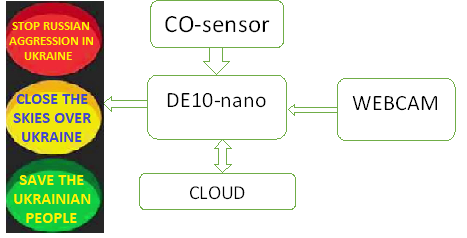
The principle of operation of the automated traffic control system.
The DE10-nano board uses the Ubuntu 18 operating system. Streaming images from the webcam come to the DE10-nano board. These images are sent to the cloud by the DE10-nano board due to a special request in the Python language. There is a trained model in the cloud that analyzes the image and transmits the corresponding result to the DE10-nano board. Depending on the result, the DE10-nano board sets the traffic light mode: yellow blinking, red light in the specified direction, reduction of green light time. However, it is possible to constantly measure the level of CO. In addition, it is planned to notify special services about road emergencies.
6. Performance metrics, performance to expectation
The results of the trained model in the cloud

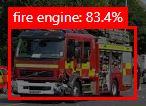




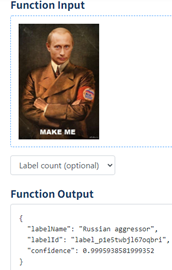







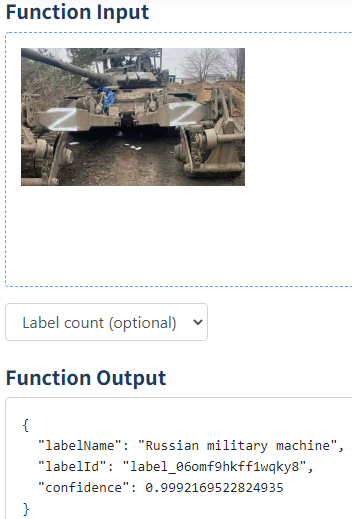
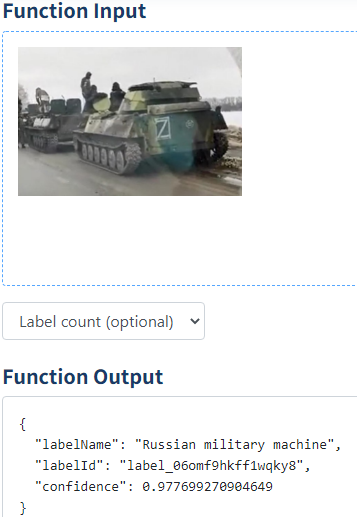
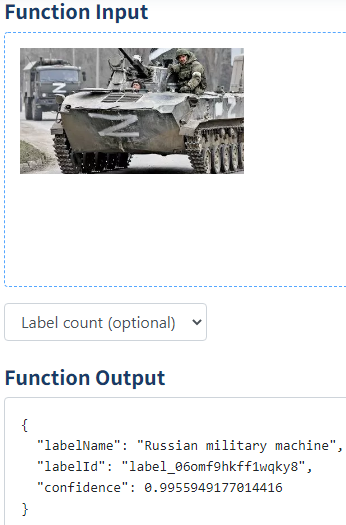
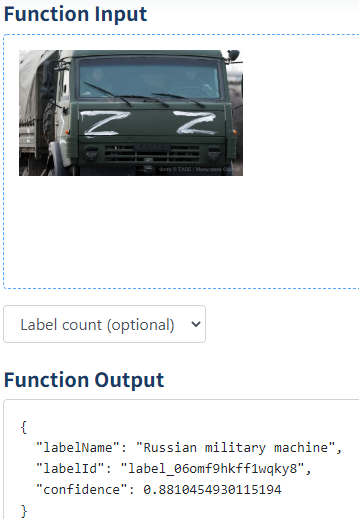
7. Sustainability results, resource savings achieved
8. Conclusion
0 Comments
Please login to post a comment.